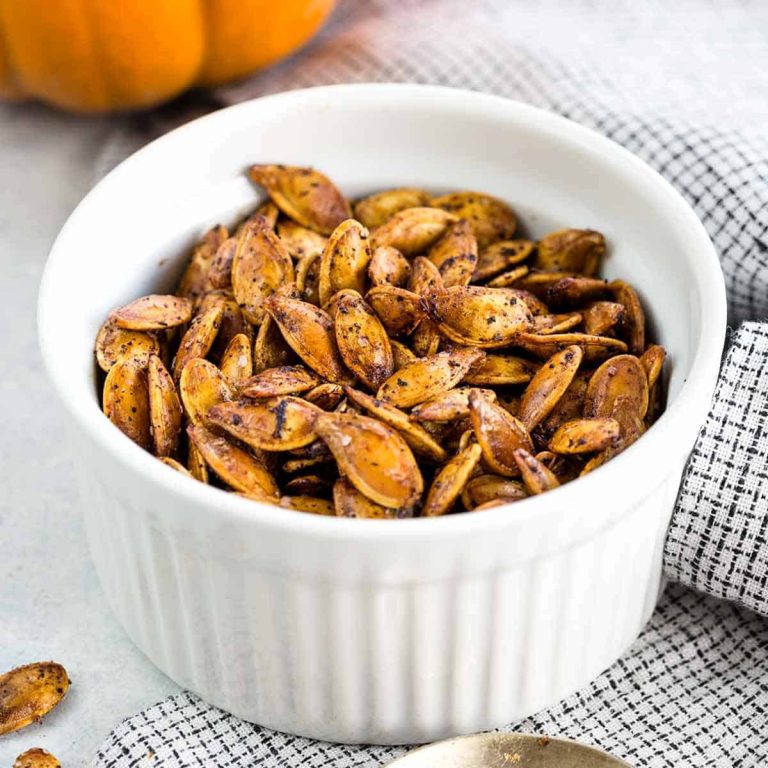Yogurt: Easy Steps for Perfect Probiotics Every Time
Homemade yogurt offers distinct health benefits compared to store-bought versions. You’ll eliminate preservatives and artificial additives, ensuring a pure, natural product. Homemade yogurt often contains higher probiotic levels, which support digestive health and boost your immune system. You can also control the sugar content, making it a healthier option for managing blood sugar levels and weight.
Cost-Effectiveness
Making yogurt at home is cost-effective. Store-bought yogurt can be expensive, especially premium or organic brands. With homemade yogurt, you’ll use basic ingredients like milk and starter cultures, drastically reducing your costs. One gallon of milk can produce several quarts of yogurt, making it much more economical. Additionally, you can reuse a portion of each batch as a starter for the next, further cutting down on expenses.
Equipment Needed to Make Yogurt in the Oven
Choosing the Right Containers
Select heat-resistant containers to hold the yogurt mixture. Glass jars or ceramic bowls are ideal examples. Ensure the containers have tight-fitting lids to maintain a stable temperature inside. Clean and sanitize the containers before use to prevent contamination, which could affect the yogurt’s quality.
Thermometers and Other Accessories
Use a food thermometer to monitor the milk’s temperature. Consistent readings help achieve the right fermentation temperature, usually between 110°F and 115°F. A whisk ensures the starter culture mixes evenly with the milk, while a ladle helps pour the mixture into containers without spills. Clean kitchen towels or a lightweight cloth can cover the containers during incubation to retain heat and ensure consistent fermentation.
Step-by-Step Guide to Making Yogurt in the Oven
Preparing the Milk
Start by choosing high-quality milk. Whole milk creates creamier yogurt, but low-fat and skim milk can also work. Pour the milk into a large, heat-resistant saucepan. Heat the milk over medium heat until it reaches 180°F (82°C). Use a thermometer to monitor the temperature consistently. Heating the milk to this temperature helps denature the proteins, which ensures the yogurt thickens properly.
Once the milk reaches 180°F (82°C), let it cool to 110°F (43°C). Speed up the cooling process by placing the saucepan in a cold water bath or simply let it cool naturally at room temperature. Keep the thermometer in the milk to track when it reaches the desired temperature. Cooling the milk is crucial because adding cultures to milk that is too hot will kill the beneficial bacteria.
Adding Cultures and Fermenting
Add the starter culture to the cooled milk. Use store-bought yogurt that contains live cultures or a commercial yogurt starter. Add 2 tablespoons of starter per quart of milk. Whisk thoroughly to evenly distribute the cultures throughout the milk. This step ensures that the beneficial bacteria are well-incorporated.
Preheat your oven to a low temperature, around 110°F (43°C), or use the oven light method if your oven doesn’t go that low. Pour the cultured milk into clean, heat-proof containers like glass jars. Place the containers in the preheated oven or leave the oven light on to maintain the temperature. Incubate for 6-12 hours. The fermentation duration depends on your desired yogurt thickness and tanginess. The longer it ferments, the tangier and thicker the yogurt becomes.
After fermentation, check the consistency and taste. If it meets your preferences, remove the containers from the oven. Put the yogurt in the refrigerator to cool down, which will also help it set further. Refrigerating the yogurt for at least 2 hours is recommended before consumption.
Tips for Perfect Homemade Yogurt
Temperature Control
Maintaining precise temperatures is crucial for successful homemade yogurt. Heat the milk to 180°F to denature proteins, creating a creamier texture. Cool the milk to 110°F before adding cultures to prevent killing beneficial bacteria. Use an oven thermometer to monitor the internal temperature, ensuring it stays between 100°F and 110°F during fermentation.
Timing and Storage
Ferment yogurt for 6-12 hours based on your desired thickness and tanginess. Check the consistency at the 6-hour mark. If you prefer thicker yogurt, extend the fermentation period up to 12 hours. Once fermentation is complete, refrigerate the yogurt for at least 4 hours before consumption. Store homemade yogurt in an airtight container in the fridge for up to 2 weeks to maintain freshness and probiotic activity.
Common Mistakes to Avoid
Overheating the Milk
Overheating the milk results in a grainy texture and altered taste. Heat the milk to precisely 180°F. Use a reliable food thermometer to monitor the temperature. If the milk overheats, cool it to the specified 110°F before adding cultures. Consistently accurate temperatures ensure better results.
Inconsistent Oven Temperatures
Inconsistent oven temperatures disrupt the fermentation process. Preheat the oven to 110°F and use an oven thermometer to maintain this range. Avoid opening the oven during fermentation, as fluctuations impact yogurt consistency. For reliable results, choose the oven’s lowest setting or use the light bulb method for stable warmth.
Conclusion
Making homemade yogurt in the oven is a rewarding and straightforward process. By following the right steps and maintaining accurate temperatures, you can enjoy a delicious and healthy treat. Remember to use an oven thermometer to ensure consistency and avoid common pitfalls like overheating. With patience and attention to detail, you’ll create yogurt that’s not only cost-effective but also packed with probiotics. Store it properly, and you’ll have fresh yogurt ready to enhance your meals for up to two weeks. Enjoy the benefits of homemade yogurt and the satisfaction of crafting it yourself.






